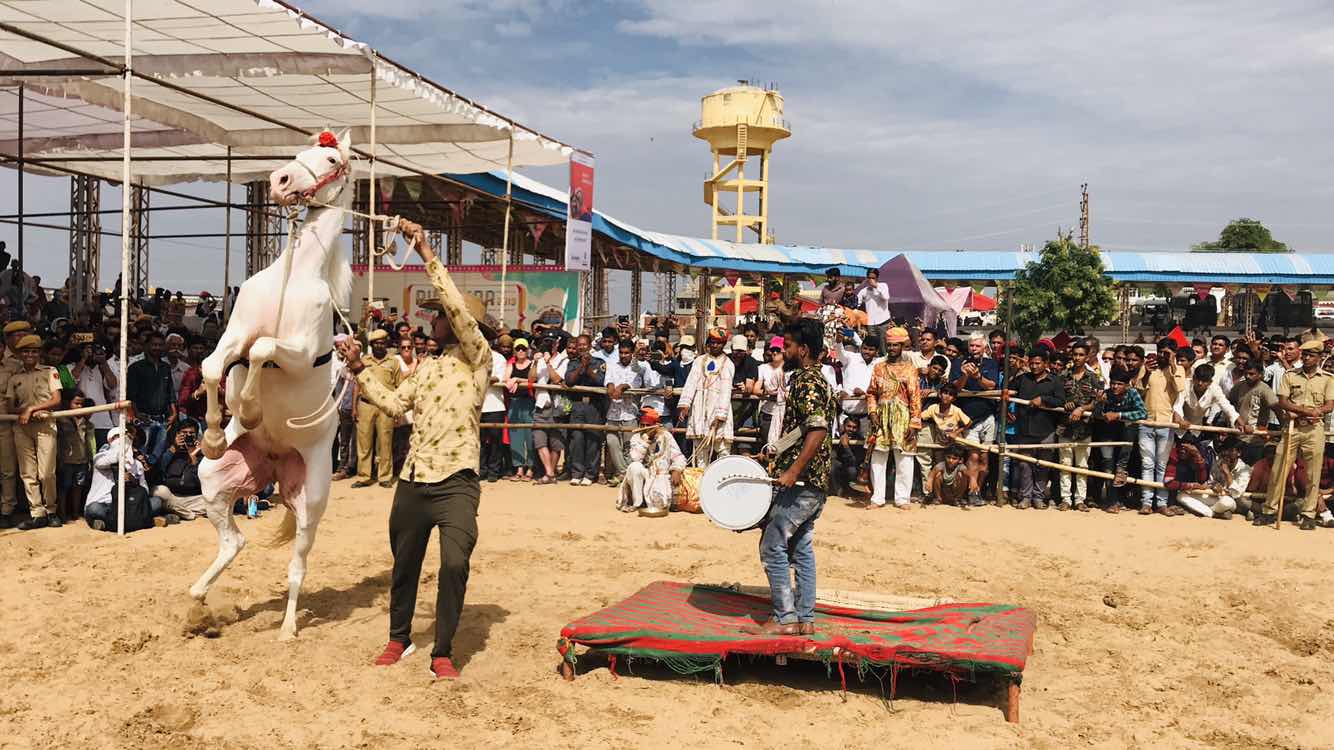The Pushkar Camel Fair
The first two days of the camel fair, I marveled at the camel decorating and the camel dancing competitions. I hungrily snapped photos like all of the other tourists. I stared amazed at the camel herds and the camel breeders camped out in their tents. “I have never seen so many camels before,” I exclaimed.







There was even a horse dancing competition. Horses seem to have a bit more rhythm than camels and a bit more variety to their dance routines. 

In the evenings, Anne, Sina, and I went to the festival stage to watch a fashion show, live music, or cultural dance performances. I met Anne (U.S.) and Sina (Germany) at the camel dancing event. The competition had concluded and the awards were being announced. I asked them, "Excuse me, do you know who won?" It turned out to be the most serendipitous interruption ever because we ended up hanging out for the next five days.
There was also less formal entertainment, like tight rope walkers, snake charmers, and acrobats.
And some wacky events like the moustache competition. I learned based on the winners that it’s not all about length, but also shape and volume!
But there is always a hidden story behind the story. And the hidden story is usually one of exploitation and struggle. While wandering the camel grounds yesterday, we came upon a group of camel herders having a meeting with big banners unfurled that said, “Pushkar Fair is No Longer for Camels” and “Sorry We Can No Longer Afford to Care for Camels."
I couldn’t understand what they were saying, but they were clearly upset. It turns out that while shops, hotels, and everyone else profit from the Pushkar Camel Fair, the camel herders struggle to make a living. The Camel Fair traditionally has been where the Raika and Rebari people, pastoral nomads who raise camels, come to buy, trade, and sell their camels. In the past, the fairgrounds were covered with camels as far as the eye could see. In 2015, 10,000 camels were brought to the fair. This year there are an estimated 2,000-3,000 camels here.





This comment has been removed by a blog administrator.
ReplyDeleteThis comment has been removed by a blog administrator.
ReplyDelete